It’s About the Linings
PE vs PLA – Recyclable vs Biodegradable. Ever wondered why your soggy or saucy food or drinks don’t fall out of the bottom of your paper container or cups? Probably not, it just does, right?
Wrong! These days, a growing number of the UK’s population is starting to pay more attention to what their food packaging is made from, and how it can be disposed. There has, of course been a huge shift towards paper packaging rather than their plastic enemies with the intention that their packaging will be 100% biodegradable. Simple really, or is it?
You can be forgiven for thinking that your nice cardboard noodle boxes, or paper coffee cups are totally biodegradable, however its hiding a thin coated secret in each box; the lining. Most of these paper food and drinks packaging that you use will have a lining inside preventing any leaking of the food; essential and of course expected by your customers.
Generally speaking, the majority of food packaging is currently PE coated/ lined. PE stands for polyethylene and is a type of plastic that is most commonly used around the world for plastic bags and containers. PE coating in cups and containers of course makes them strong and waterproof. PE has been great for years; however it is not a sustainable form of packaging, as a plastic it is petroleum based which can affect how long it will take for your paper packaging to break down. It would therefore mean your packaging cannot be classified as biodegradable initially as it is has to go through the recycling process to separate the coating from the paper, it is therefore, fully recyclable and then upon separation from the lining, fully biodegradable. A long and costly process.
Those who are concerned about what’s written above can rest assured that there is a more ‘green’ rival making its way into the mainstream; ‘PLA’. PLA is made from plant based materials such as corn starch or sugar cane and is known as a ‘bioplastic’. PLA was invented back in the 1920’s but was never cheap enough to be used commercially, however the 1989 discovery that it could be made from corn starch was almost revolutionary, we would now have a more cost efficient and environmentally friendly bioplastic to use commercially.
PLA vs PE, can PLA stand up to the old guard? The answer is a resounding YES! Even though it is a plant based material, people are concerned about its thermal properties; can it withstand heat as well as PE? Yes it can, PLA is capable of doing everything PE can handle. Demand is still strong for PE at the moment; however there is a certain shift in the balance coming through. The main advance PE has over PLA at the moment is cost, while PLA’s costs have tumbled over recent years, PE is still a fair bit cheaper to produce and use in food packaging, however soon enough this will not be the case as demand for PLA continues to grow.
There are so many advantages of PLA over PE lined products; the most important of all is that these products are 100% compostable, in comparison to PE lined products which require a separate recycling solution and process. Another massive advantage of PLA for producers of the products are that they can be manufactured using the same equipment used for making other plastics, so their set up costs will remain low should they wish to switch.
The demand for PLA is growing & the variation in products is increasing every day, here at PMF we are committed to the innovation of products & ensuring we have options for everyone with a huge effort going towards having the most eco-friendly solutions available to our customers.

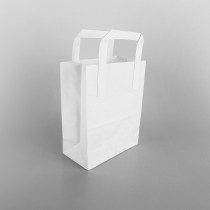
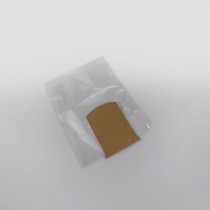
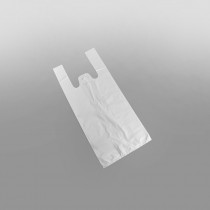

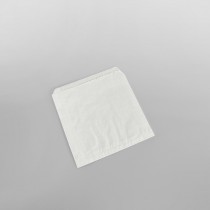
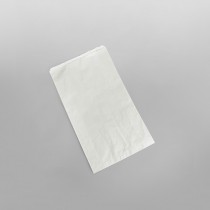
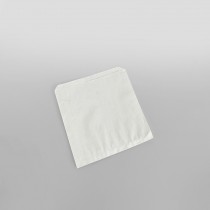
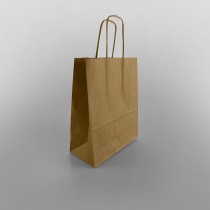
![White Kraft Paper French Stick Bag [4x6x26inch] Strung](https://packmyfood.co.uk/media/catalog/product/cache/1/small_image/210x/ca4c7056b44d1ed932ad98a529396c07/P/A/PAB08_4.JPG)
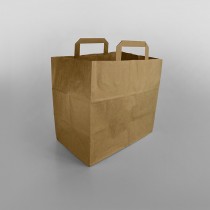
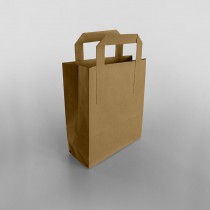
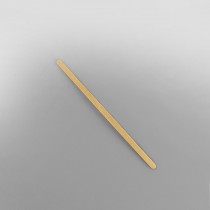
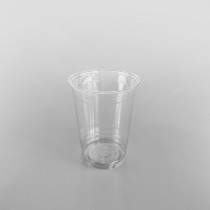
![Kraft Baguette Collar with Perforated Film [60mm Diameter]](https://packmyfood.co.uk/media/catalog/product/cache/1/small_image/210x/ca4c7056b44d1ed932ad98a529396c07/B/A/BAG05_6_1_1.JPG)
![Kraft Baguette Tray [Black]](https://packmyfood.co.uk/media/catalog/product/cache/1/small_image/210x/ca4c7056b44d1ed932ad98a529396c07/B/T/BT001_6_1_1.JPG)
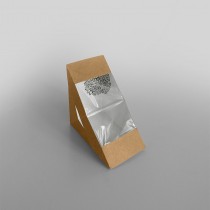
![Cello Roll [80cm x 100m] [Multiple Designs]](https://packmyfood.co.uk/media/catalog/product/cache/1/small_image/210x/ca4c7056b44d1ed932ad98a529396c07/c/r/cr01.jpg)
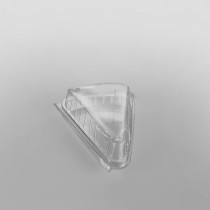
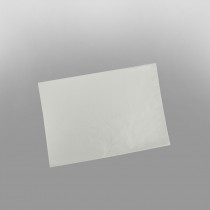
![Mini Wooden Boat [473ml]](https://packmyfood.co.uk/media/catalog/product/cache/1/small_image/210x/ca4c7056b44d1ed932ad98a529396c07/s/o/sol001.jpg)
